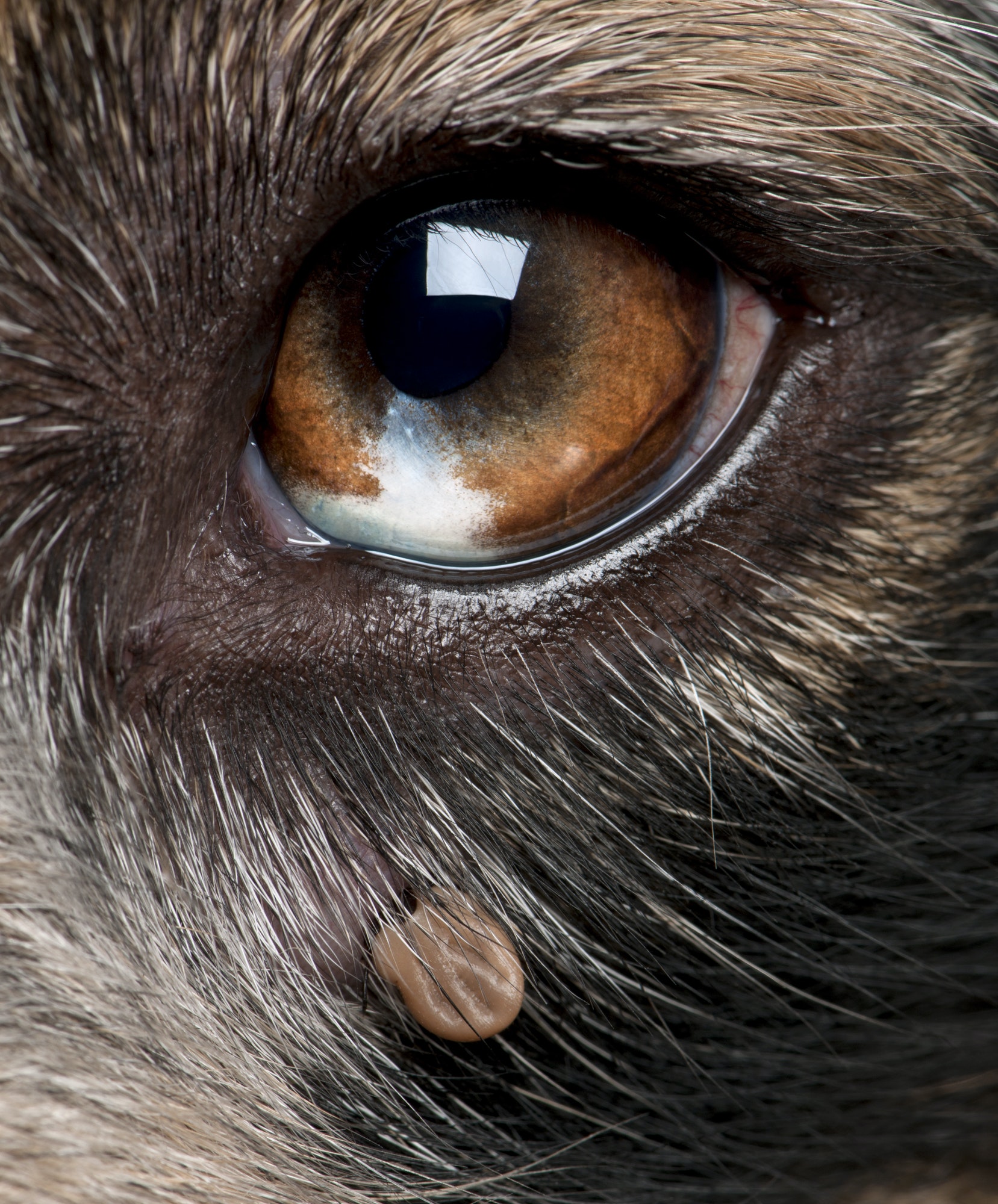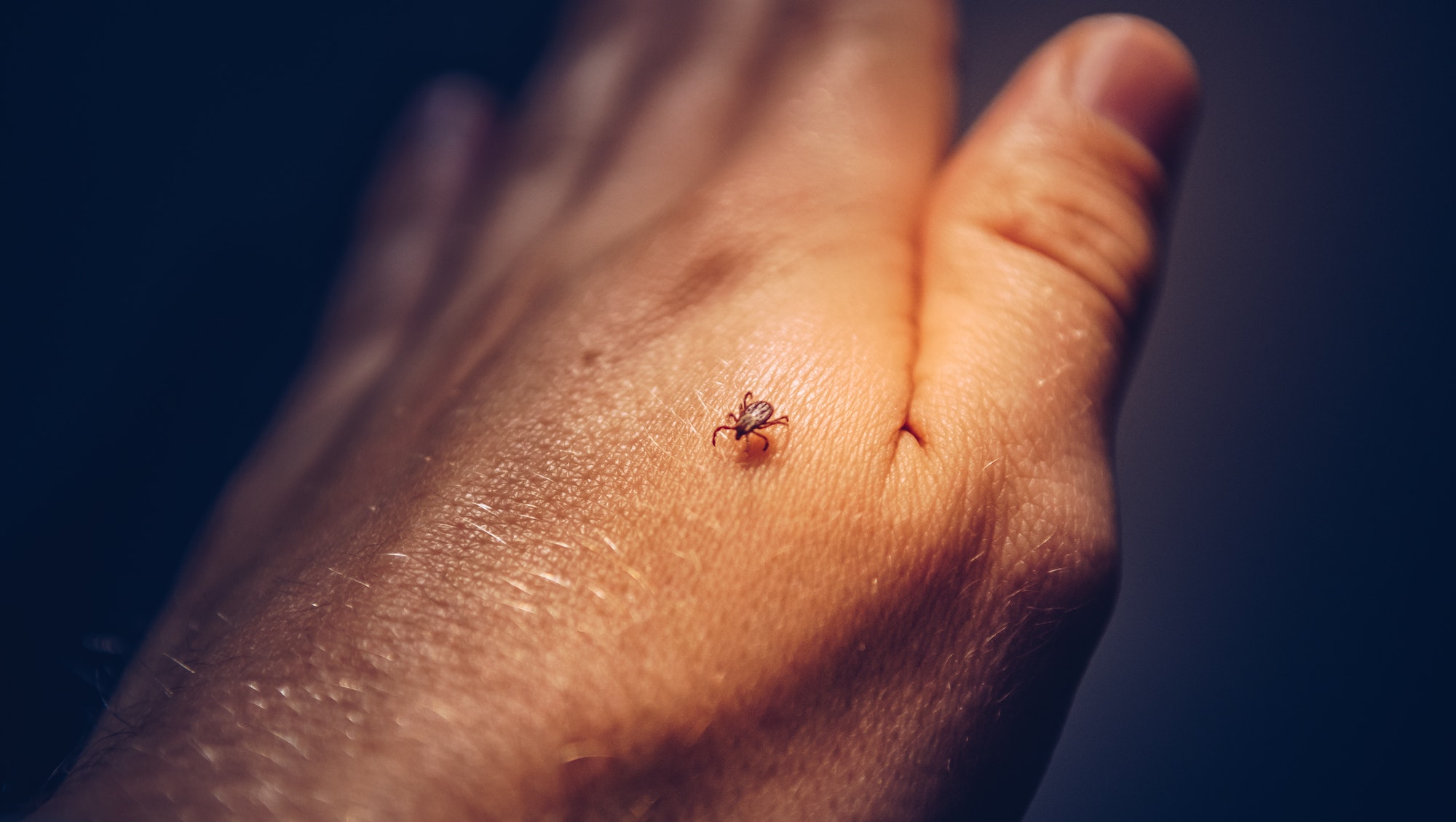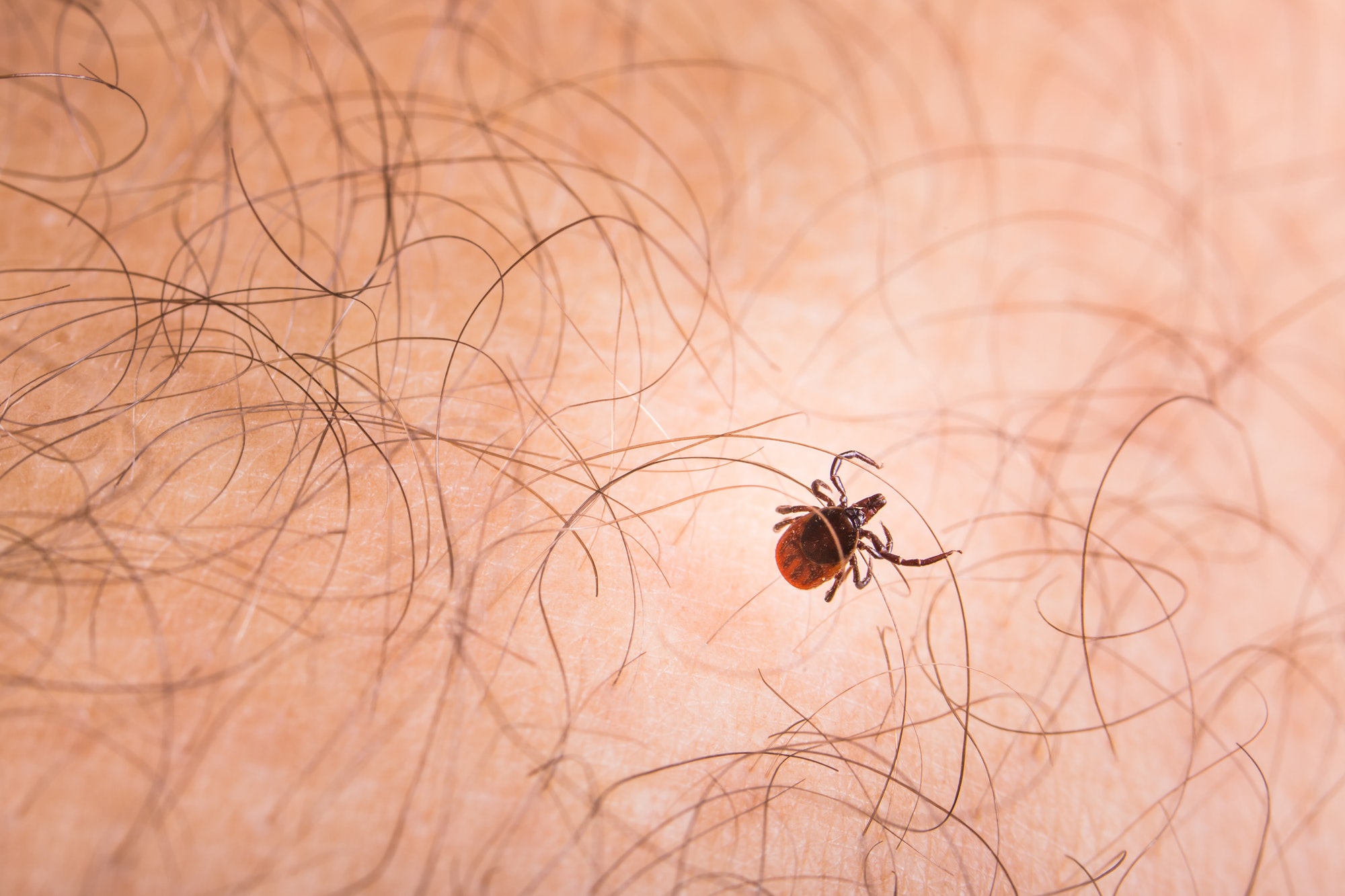Why Ticks Are So Dangerous To Humans And Pets?
For folks like myself who have grown up loving the woods and spending most of our childhood outdoors hunting and building tree forts, ticks are as common a nuisance as any small pest (while they look like insects, they are actually arachnids because they have eight legs like spiders).
While most people would recoil in fear at the rattle of a snake in the woods, a little bug no larger than a pinhead doesn’t seem too threatening. But it is precisely this trait of being tiny that makes the tick so threatening if not found and treated. Because of their small size and painless bite, ticks can survive for weeks feeding off the blood of their host in a parasitic symbiotic relationship.
Ticks are well-known carriers of Lyme disease, and they can successfully transmit the disease within only one or two days of being attached to the host. This is why it is so important to screen and check for ticks after an excursion to the woods, and equally as important to give anti-tick medicine to dogs and other pets who may unwittingly bring these parasites into the house.

Dogs and cats are even more susceptible to ticks because they are so low down to the ground, and of course completely covered in fur. This makes them prime targets for these little arachnids, which thrive in hair or fur that can’t be easily seen or scratched.
It is important to not only search for and remove ticks, but to do this properly. Even after removing the body of the tick, disease can remain in the head and seep into the bloodstream of the host after it is killed.
The best way to remove a tick is very carefully with tweezers, being sure to pinch as low to the skin as possible in order to remove the head along with the rest of the body. If not removed quickly, the tick will continue to expand like a balloon as it gorges itself on the host’s blood supply while potentially circulating a host of bacteria or viruses in the bloodstream, so it is best to remove the tick as soon as possible.

Furthermore, it is important to use soap and water or rubbing alcohol to sterilize the bite site to prevent further chance of infection. If the bacteria that causes Lyme disease does make it to the bloodstream, the host may develop migraines, or in severe cases have trouble breathing or even paralysis. This is why it is so important to check for ticks after being outside. Like mosquitos, these tiny little transmitters have the potential to kill or cause serious illness to pets and even an adult human if not noticed and properly treated.
Many people who have grown up in cities do not see these creatures as a relevant threat in terms of pest control, but ticks can be found in almost any ecosystem that supplies a number of viable hosts, which is why stray dogs and cats should be checked if found roaming around the neighborhood. What you can’t see can hurt you, and if you need help checking yourself in hard-to-see places, don’t be ashamed to ask for help! It’s better than possibly getting Lyme disease. Brad Paisley even has a comical little song about checking someone for ticks, but there’s really nothing comical about the sickness that they can bring. So be safe and check yourself!








